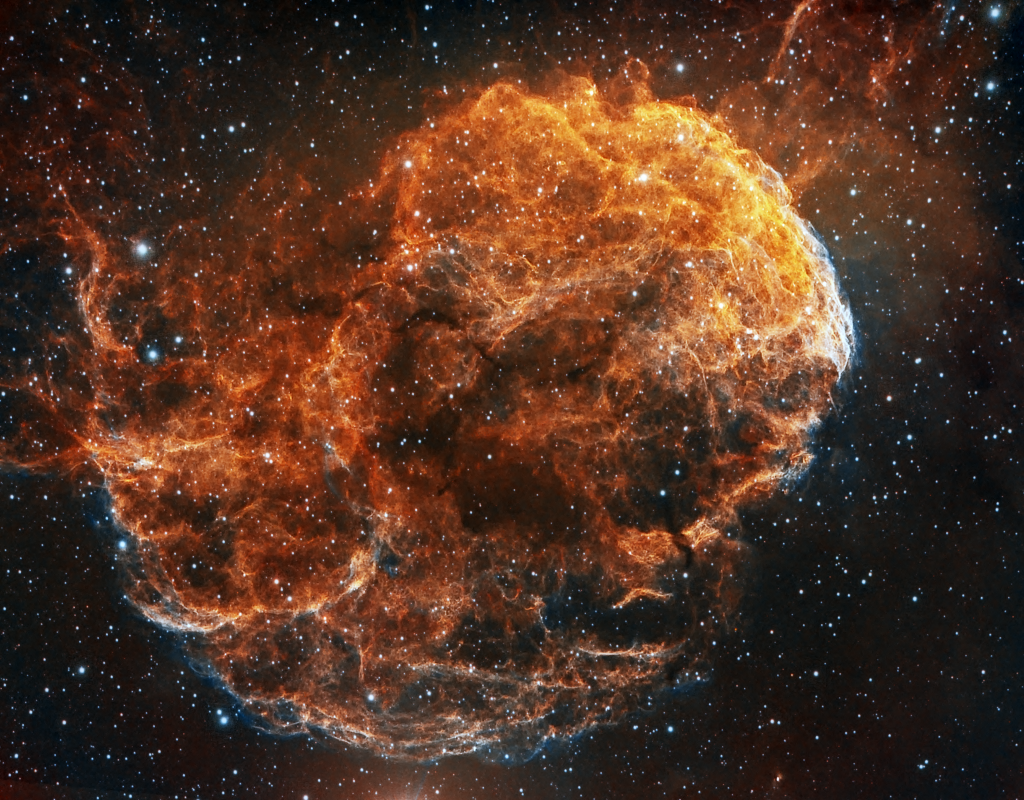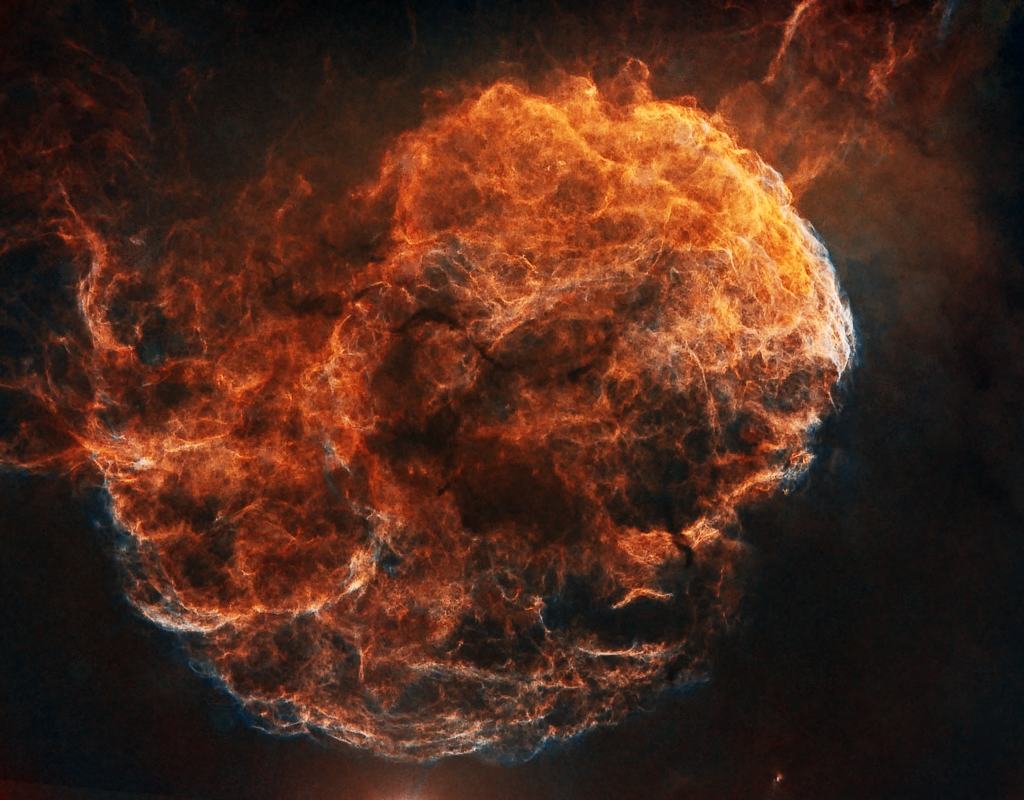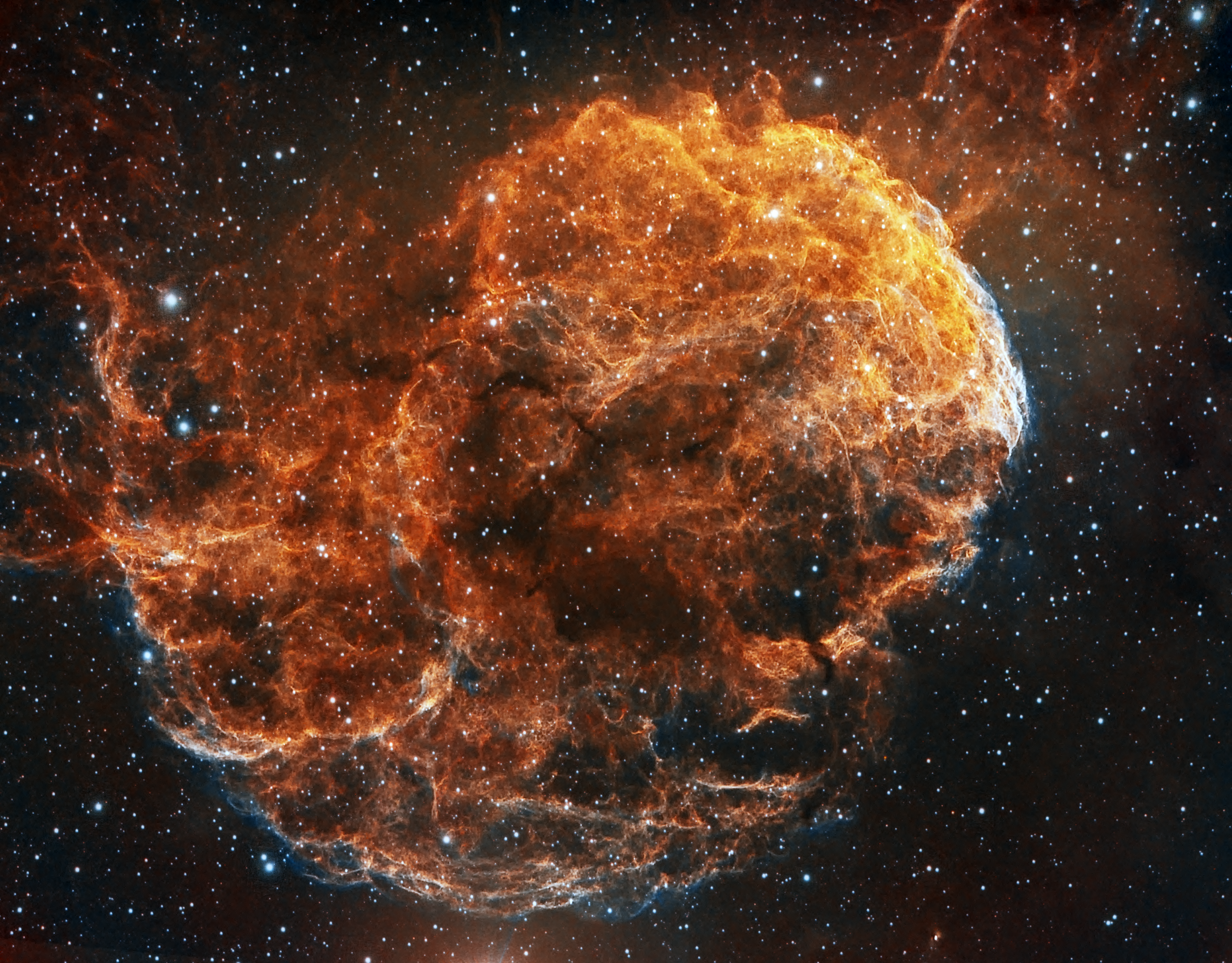
Similar Posts
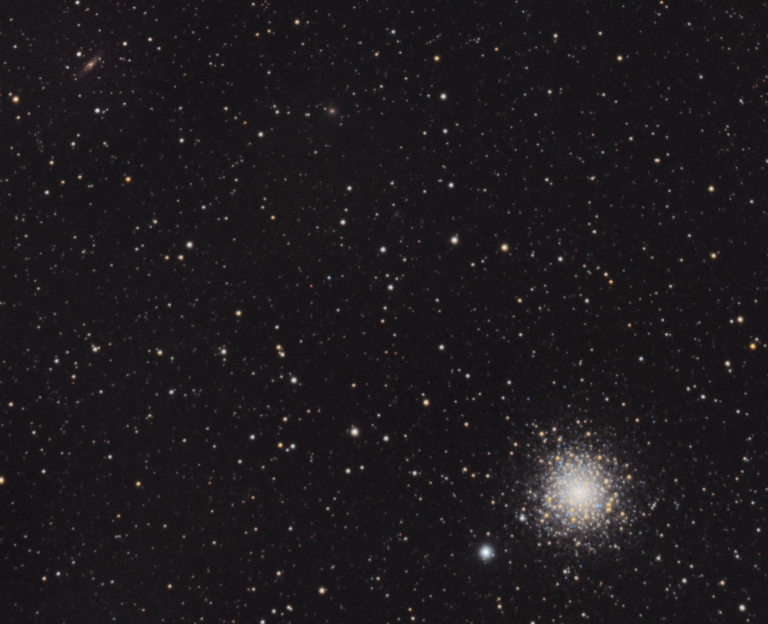
Another glob: M80
It’s globular cluster season, so here’s another one! M80 is found within the constellation Scorpius, and lies a distant 32,600 light-years away – making it one the small side from our vantage point. It contains several hundred thousand stars, and is one of the denser globular clusters in our galaxy. The faint galaxy in the…
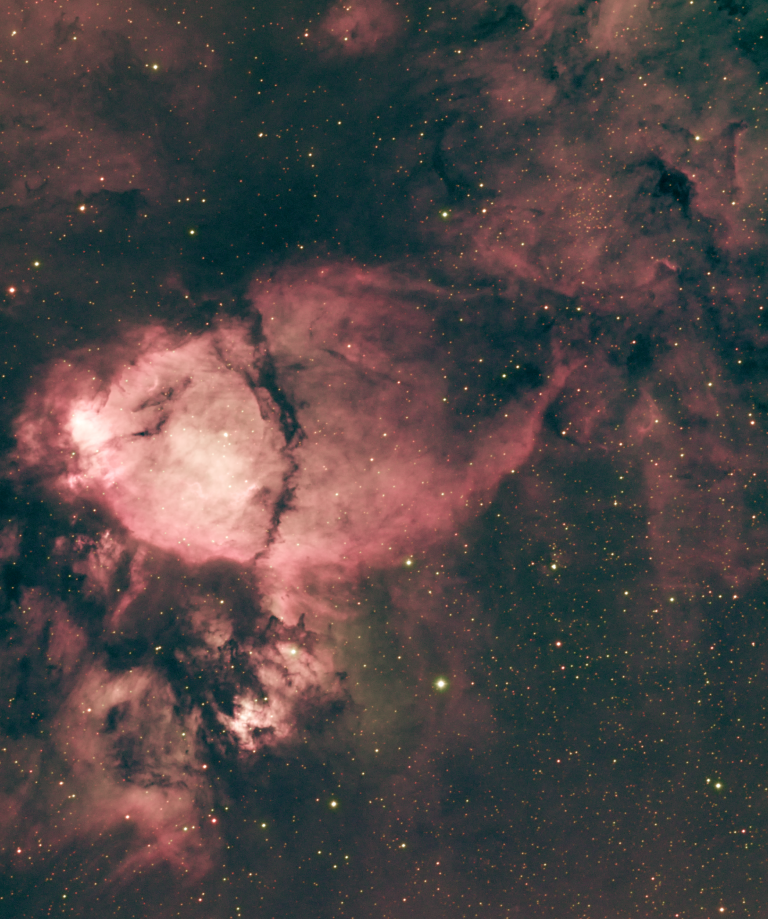
The “Fish-Head Nebula”
It’s really just a small portion of the Heart Nebula… that kinda looks like a fish. Maybe not the prettiest object in the cosmos, but it reflects a few technical accomplishments for me. About 20 hours of exposure time in total on this. Below I’m presenting it in a false-color “Hubble Palette”, as well as…
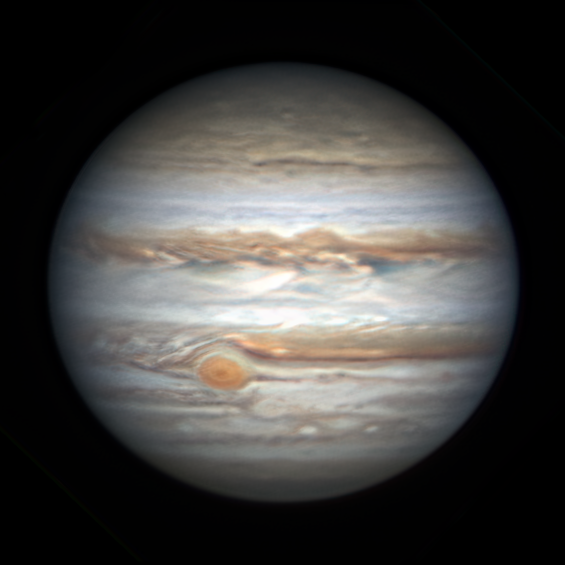
My best shot of Jupiter yet!
A lot of things have to come together for a good image of the planets. The air needs to be as still as possible, the planet you’re imaging needs to be as directly overhead as possible, and the planet itself should be as close to the Earth as possible. And then, all your equipment has…
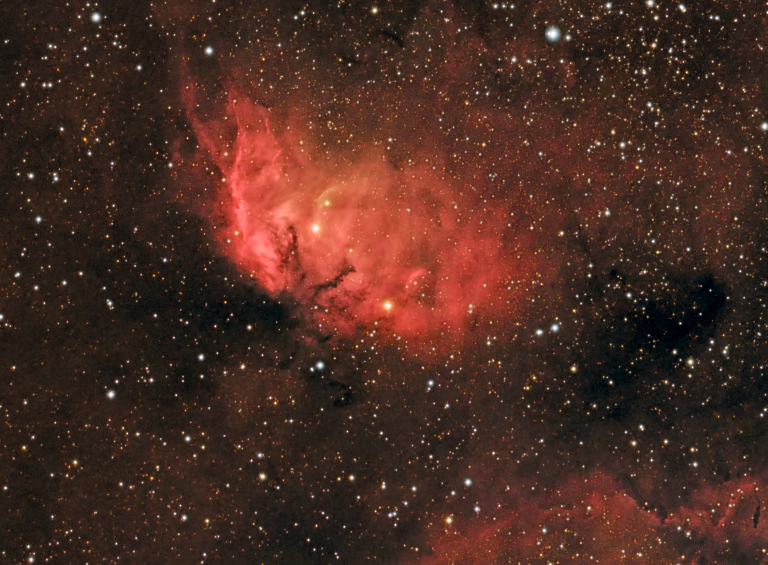
A Tulip and a Supernova
In these short summer nights, I want to take advantage of every moment of darkness. Right now, the galaxy M100 is up in the hours before midnight, and the “Tulip Nebula” – formally SH2-101 – rises just as M100 sets. So for this past week, I’ve been imaging both objects. But no more clear skies…
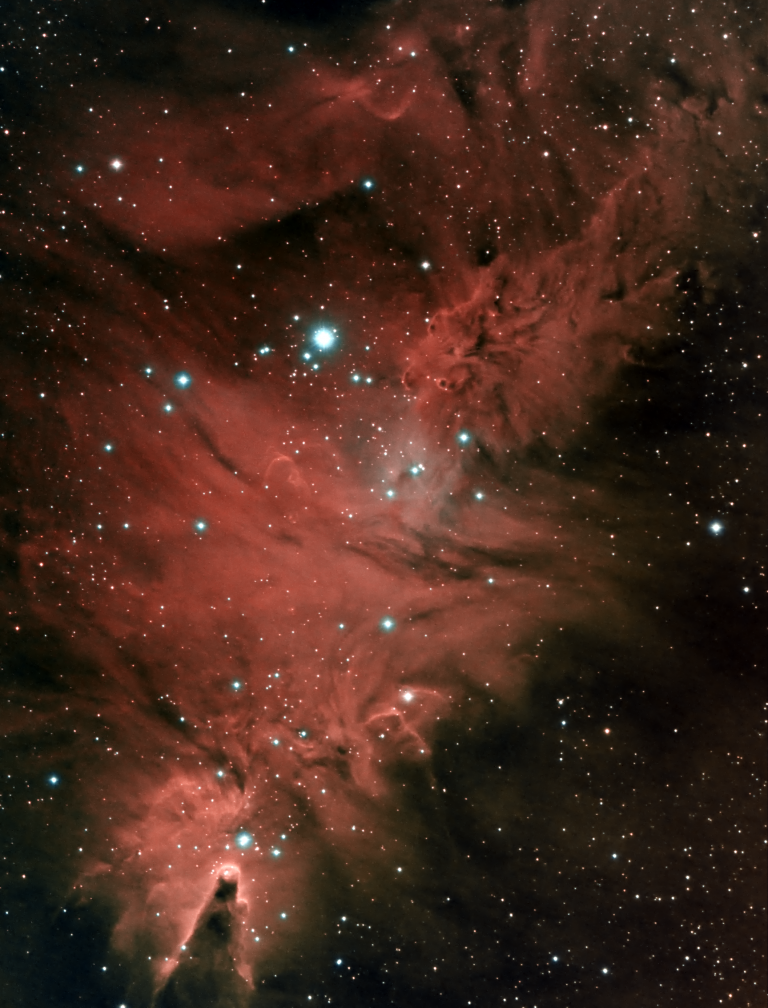
The Fox Fur Nebula (and more!)
I’ve wanted to image the “Fox Fur Nebula” for awhile now – it’s pretty obvious where it is in this image! Within the same field of view is the Cone Nebula (near the bottom.) It’s all an area of gas within the Christmas Tree Cluster, which is an open cluster of stars that kind of…
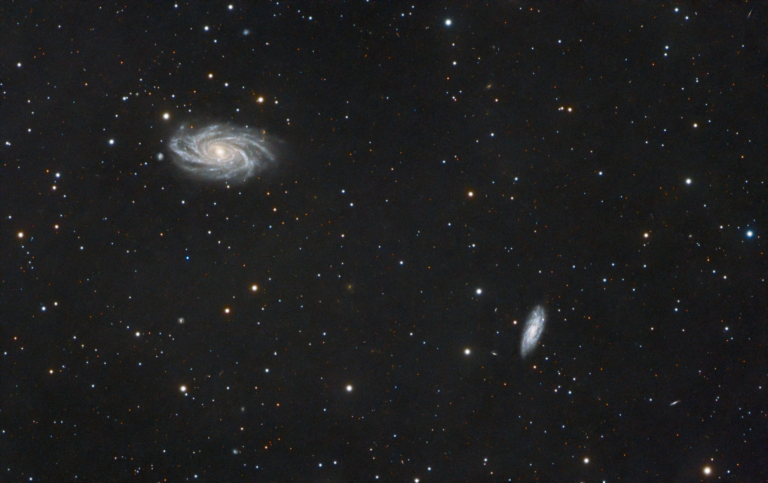
Looking back to the age of dinosaurs (NGC2336 and IC467)
Spent a couple of nights imaging these distant galaxies; the spiral in the upper-left is NGC2336, and the other is IC467. Galaxies this faint and distant generally don’t have catchy names! NGC2336 is 100 million light-years away. Think about that – you’re looking 100 million years in the past. The light we captured started its…

